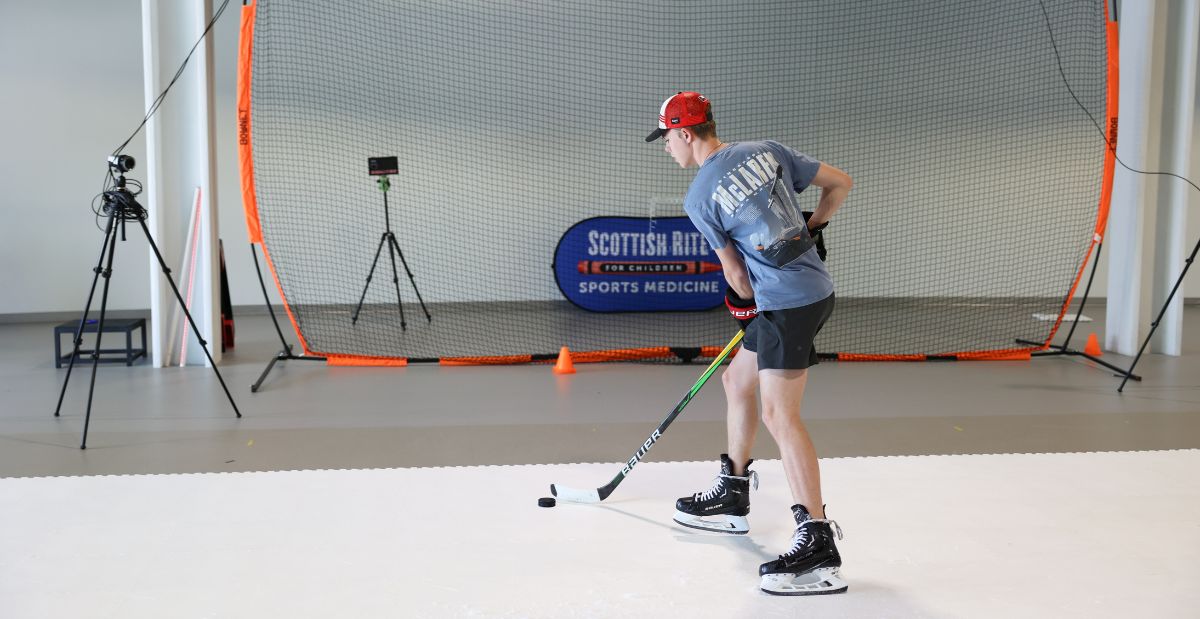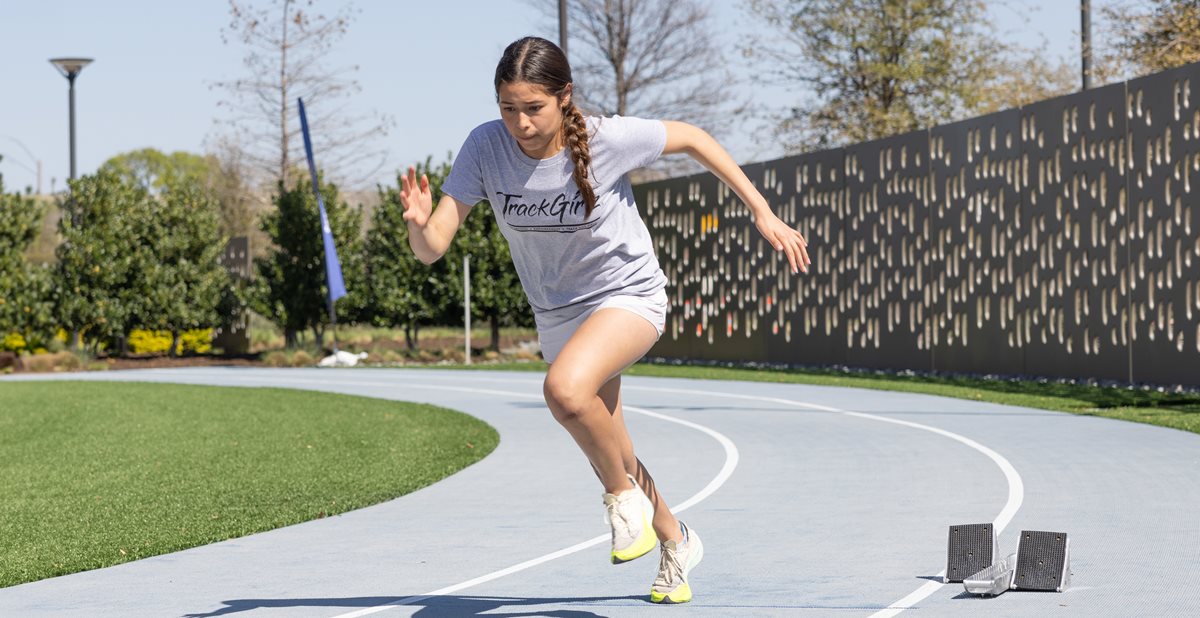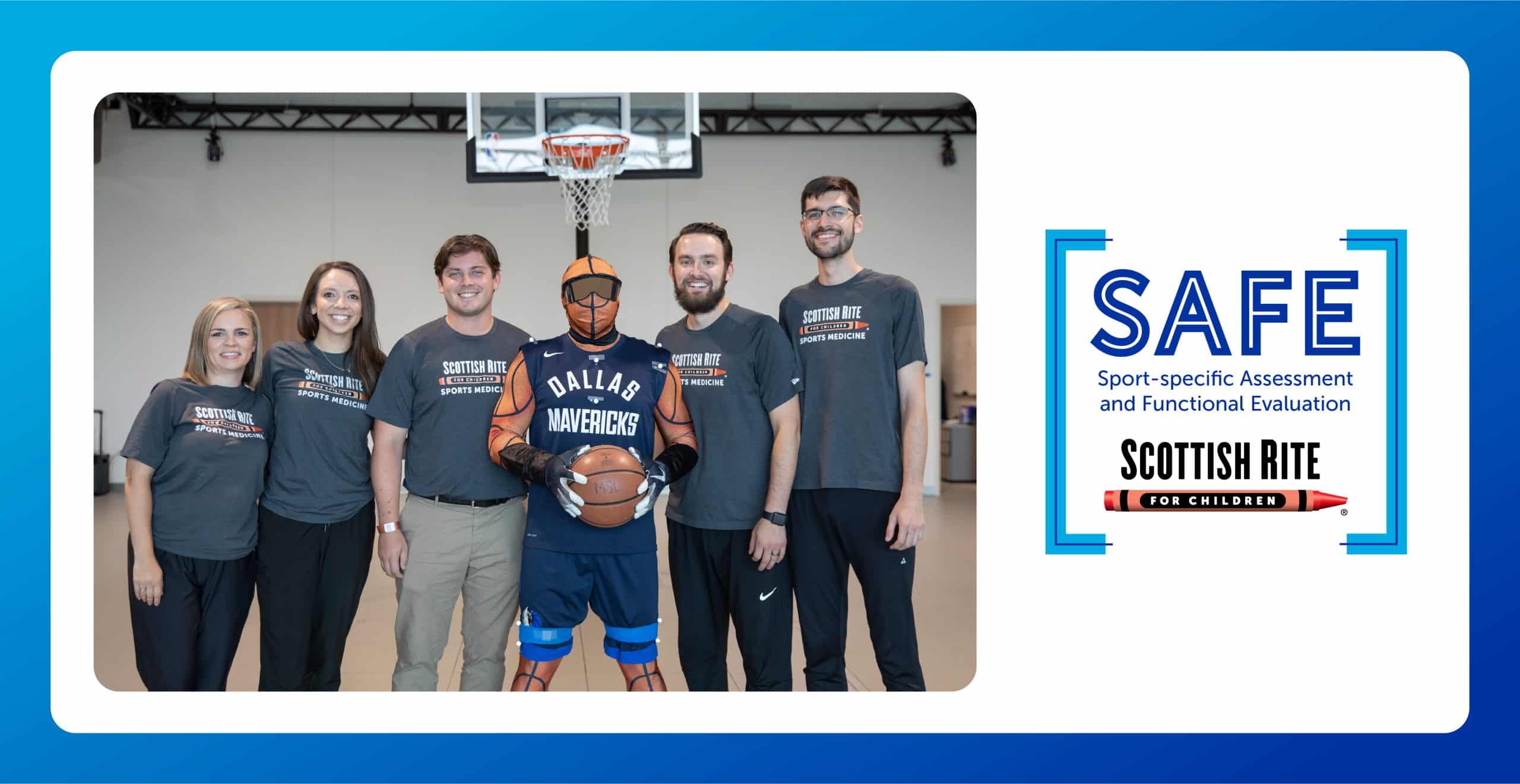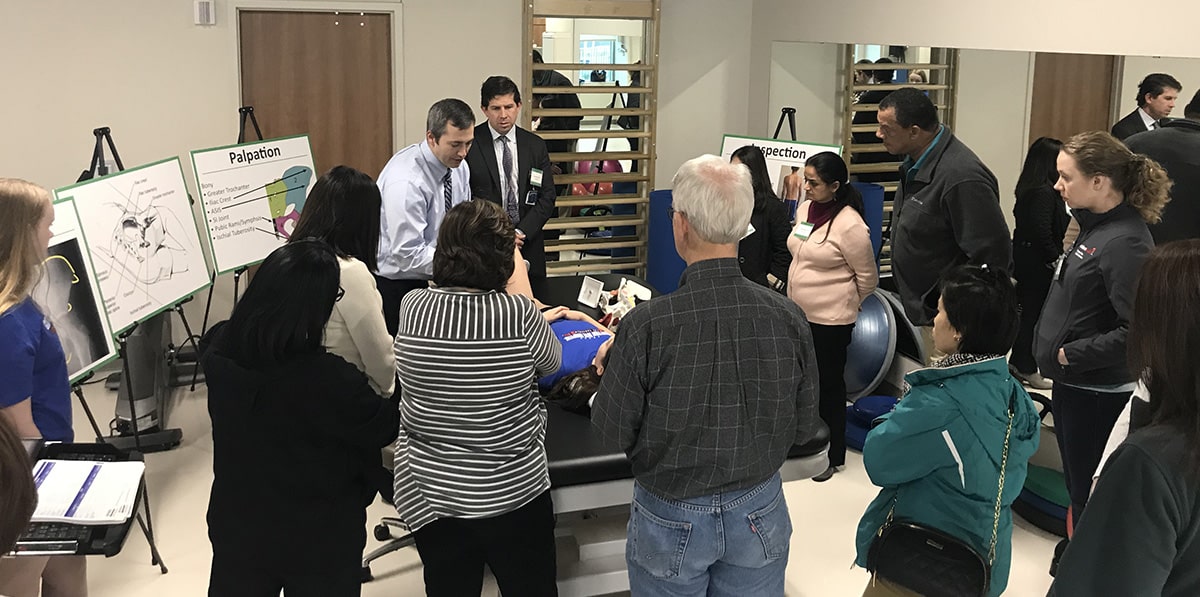The Movement Science Lab at Scottish Rite for Children is using advanced markerless, 3D motion capture technology to help prevent sports injuries in young athletes. Led by Division Director Sophia Ulman, Ph.D., the lab studies how adolescents move to spot issues that...





